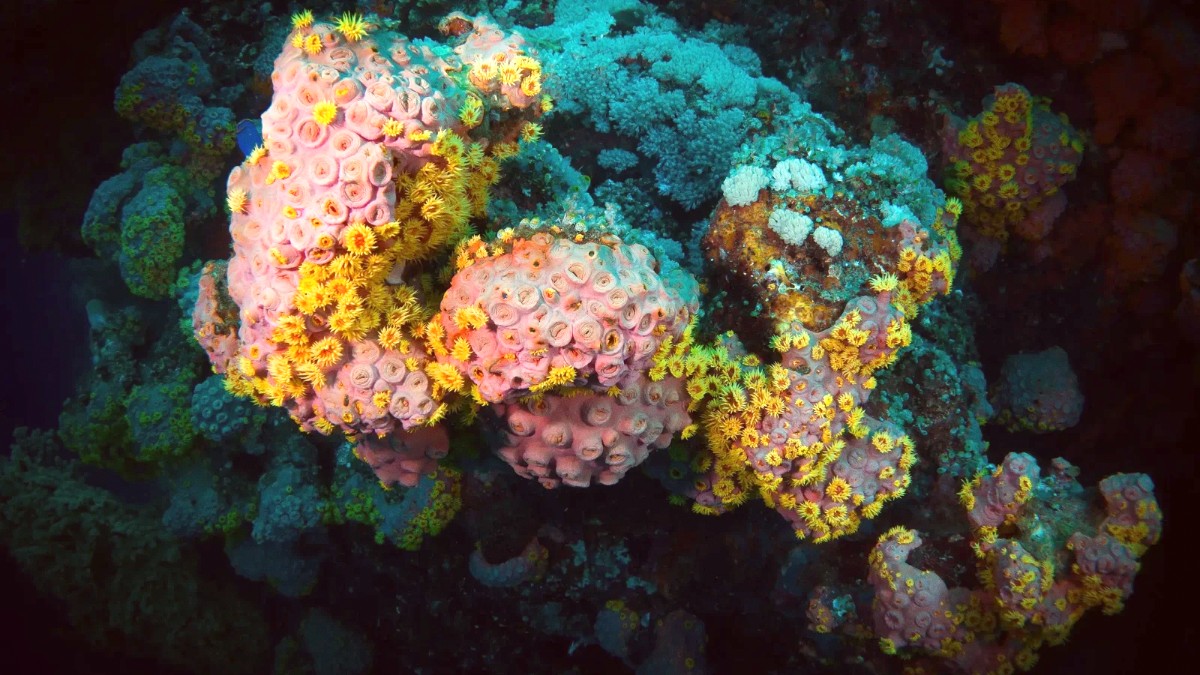
This official source provides information on the conservation and management of most USMOI. Their website covers refuge details, conservation work, scientific findings, and sometimes images and videos.
NOAA regularly conducts marine research expeditions in USMOI waters. Their websites present marine biology information, oceanography, and expedition reports. Search for "NOAA Pacific Remote Islands."
For military-administered islands like Wake Island and Johnston Atoll, the DoD website (e.g., U.S. Air Force) conveys information about their strategic importance and ongoing operations. Public access to detailed information may face limits due to security considerations.
Official government sources give the most current information about these highly protected areas' status and purpose.
Provides general overviews of each island, often with historical context and geographical details. It serves as a starting point for further research.
Visualizes the geographical context of these isolated islands and their vast distance from populated areas. High-resolution satellite imagery offers glimpses into their natural features and historical infrastructure.
Not applicable for direct presence. However, online communities for marine conservationists, ornithologists, or historians might discuss research or historical aspects of these areas. These are professional or enthusiast forums, not tourist groups.
Not applicable, as English forms the operational language.
No commercial guidebooks exist for tourist presence on the USMOI. Any "maps" constitute specialized nautical charts or topographical maps for scientific or military operations.
Seek books detailing the Guano Islands Act, the Battle of Midway (e.g., "Miracle at Midway" by Gordon W. Prange), Wake Island's history, and Cold War operations on Johnston Atoll.
Scientific publications and books focusing on remote island ecology, marine biology, and seabird conservation often feature research conducted on the USMOI.
Stringent biosecurity checks on all personnel and gear immediately upon landing. Efficient transfer of equipment and supplies. Quick on-site safety briefing.
Familiarization with island terrain, designated work zones, and the field station layout. No services for currency exchange or purchases exist.
Meticulous collection, sorting, and packing of all waste for removal. Final, rigorous biosecurity cleaning of all gear. Site restoration.
USMOI pre-trip and departure checklists are operational manuals for safe, effective, and environmentally compliant missions to some of the world's most protected and remote places.
Begin the rigorous permit application process with the relevant U.S. Government agency.
Confirm all necessary funding for the expedition is in place.
Recruit and medically clear all personnel for remote, physically demanding work.
Finalize vessel or aircraft charter agreements and plan all supply chains.
Begin purchasing or preparing specialized equipment.
Conduct detailed risk assessments for the mission, identifying potential hazards.
Finalize comprehensive emergency action plans, including medical evacuation protocols and communication trees.
Develop a detailed biosecurity plan to prevent invasive species introduction.
Obtain comprehensive expedition-grade medical evacuation and travel insurance.
Thorough research on the specific island's ecosystem, historical context, weather patterns, and current environmental regulations holds significance.